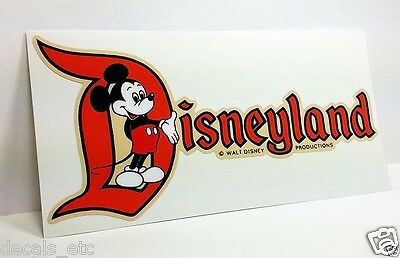-40%
Kern County 1940's - Vintage Poster
$ 10.53
- Description
- Size Guide
Description
These are simply the best posters available! You will be thrilled with the image quality, vivid colors, fine paper, and unique subjects. This is an original image that has been transformed into a beautiful poster - available exclusively from Landis Publications.
OUR POSTERS ARE SIZED FOR STANDARD OFF-THE-SHELF FRAMES, WITH NO CUSTOM FRAMING REQUIRED, PROVIDING HUGE COST SAVINGS!
This beautiful reproduction poster has been re-mastered from an original 1940’s brochure for Kern County, located at the southern end of the Sierra Nevada Mountain Range, in Southern California.
The vibrant colors and detail of this classic image have been painstakingly brought back to life to preserve a great piece of history.
The high-resolution image is printed on heavy archival photo paper, on a large-format, professional giclée process printer. The poster is shipped in a rigid cardboard tube, and is ready for framing.
The 13"x19" format is an excellent image size that looks great as a stand-alone piece of art, or as a grouped visual statement. These posters require
no cutting, trimming, or custom framing
, and a wide variety of 13"x19" frames are readily available at your local craft or hobby retailer, and online.
A great vintage print for your home, shop, or business!
HISTORY OF KERN COUNTY
Spanish era
The area was claimed by the Spanish in 1769, and in 1772 Commander Don Pedro Fages became the first European to enter it, from the south by way of the Grapevine Canyon.
Kern County was the site of the Battle of San Emigdio, in March 1824, between the Chumash Indians of the Santa Barbara Mission who rebelled against the Mexican government's taking over mission property and ejecting the natives. This battle with Mexican forces from Monterey under the command of Carlos Carrillo took place at the canyon where San Emigdio Creek flows down San Emigdio Mountain and the Blue Ridge south of Bakersfield near today's Highway 166. It was a low-casualty encounter, with only four Indians killed, and no Mexicans; the surviving Indians were pacified and brought back to Santa Barbara in June 1824 after a pursuit and negotiation in which many were allowed to keep their arms for the return march over the mountains.
American era
The Havilah Court building was restored in the 1970s and now serves as a museum. Photo circa 2007.
In the beginning, the area that became Kern County was dominated by mining in the mountains and in the desert. In 1855 an attempt to form a county in the area was made when the California legislature took the southeastern territory of Tulare County on the west of the Sierra Nevada Mountains for Buena Vista County, but it was never officially organized prior to 1859, when the enabling legislation expired. The south of Tulare County was later organized as Kern County in 1866, with additions from Los Angeles and San Bernardino Counties. Its first county seat was in the mining town of Havilah, in the mountains between Bakersfield and Tehachapi.
The flatlands were considered inhospitable and impassable at the time due to swamps, lakes, tule reeds and diseases such as malaria. This changed when settlers started draining lands for farming and constructing canals, most dug by hand by hired Chinese laborers. Within 10 years the valley surpassed the mining areas as the economic center of the county, and the county seat was moved as a result from Havilah to Bakersfield in 1874.
The discovery well of the Kern River Oil Field was dug by hand in 1899. Soon the towns of Oil City, Oil Center and Oildale came into existence.
Etymology
The county derives its name from the Kern River, which was named for Edward Kern, cartographer for General John C. Frémont's 1845 expedition, which crossed Walker Pass. The Kern River was originally named Rio Bravo de San Felipe by Father Francisco Garcés when he explored the area in 1776.













